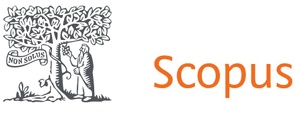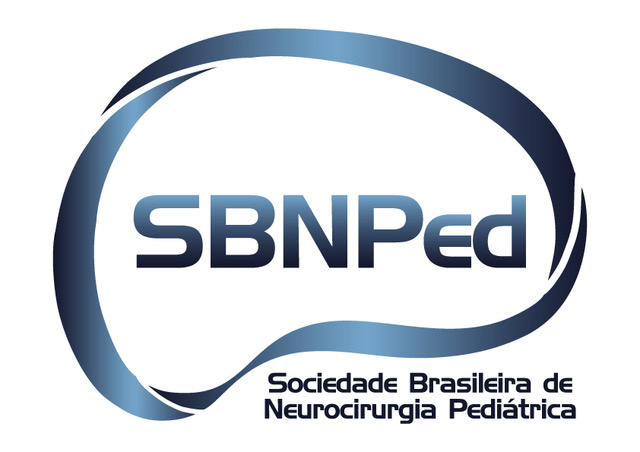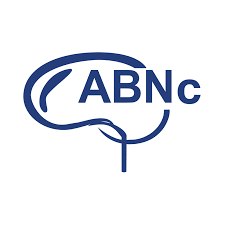Distraction osteogenesis in craniosynosotosis: technical note
DOI:
https://doi.org/10.46900/apn.v6i3.264Keywords:
craniosynostosis, PVDO, Posterior distraction, Apert syndrome, Crouzon syndromeAbstract
Introduction: Craniosynostosis is a group of diseases whose main characteristic is the premature fusion of one or more cranial sutures. They can be subdivided into non-syndromic and syndromic. The posterior vault distraction osteogenesis (PVDO) has become the standard procedure for managing the intracranial hypertension of these patients. The objective of this paper is to report the experience of the Sobrapar Hospital (Campinas, Brazil) in treating and following up on syndromic craniosynostosis patients subjected to PVDO and highlight the lessons learned throughout this process.
Methods: The medical records of the patients treated at the Sobrapar Hospital between 2013 and 2023 were reviewed.
Results: The total of patients initially candidates to PVDO was 79, and 75 of them proceeded to the surgery. The mean age of surgery was 8,16 months old (ranging from 4 months to 12 years old). The length of stay ranged from 2 to 14 days, with a mean of 3,29 days. The distraction achieved ranged from 13 mm to 30 mm, with a mean distance of 23 mm. The postoperative complications were mostly cutaneous. CSF leak occurred in 3 patients.
Conclusion: PVDO provides a progressive formation of a vascularized bone, its intracranial volume expansion is greater than the FOA, increasing the posterior fossa’s size (even when the craniotomy is supratorcular) and it improves Chiari’s symptoms, even when the radiologic abnormalities are not necessarily solved. A specialized and multidisciplinary team is essential to improving the success rates of the surgery.
Downloads

Downloads
Published
How to Cite
Issue
Section
Categories
License
Copyright (c) 2024 João Pedro Leite Pereira, Enrico Ghizoni, Cássio Eduardo Raposo-Amaral

This work is licensed under a Creative Commons Attribution 4.0 International License.

When publishing in Archives of Pediatric Neurosurgery journal, authors retain the copyright of their article and agree to license their work using a Creative Commons Attribution 4.0 International Public License (CC BY 4.0), thereby accepting the terms and conditions of this license (https://creativecommons.org/licenses/by/4.0/legalcode).
The CC BY 4.0 license terms applies to both readers and the publisher and allows them to: share (copy and redistribute in any medium or format) and adapt (remix, transform, and build upon) the article for any purpose, even commercially, provided that appropriate credit is given to the authors and the journal in which the article was published.
Authors grant Archives of Pediatric Neurosurgery the right to first publish the article and identify itself as the original publisher. Under the terms of the CC BY 4.0 license, authors allow the journal to distribute the article in third party databases, as long as its original authors and citation details are identified.





























